ELI5: NFTS stands for Non-Fungible Tokens. Non-Fungible Tokens are digital assets that are unique and not interchangeable with other digital assets like crypto currencies like Bitcoin or Ethereum. They are essentially digital items that are stored on a blockchain and have a unique value or set of properties. Think of it like a digital version of a collectible item like a baseball card or a rare comic book. Each one is unique and has a different value. Just like a rare comic book can be worth a lot of money, an NFT can also be worth a lot of money. NFTs are used to create digital art, collectibles, games, and other digital items. They are also used to store ownership information of digital assets like music and videos, as well as to track the ownership and transfer of digital assets like real estate and other physical items. In short, an NFT is a digital asset that is unique, valuable, and stored on a blockchain.
TLDR / Key Takeaways
Key Takeaways:
- NFTs, or Non-Fungible Tokens, are digital assets that are unique and non-interchangeable.
- NFTs are usually associated with digital art, collectibles, and gaming items, but can also be used for digital real estate, virtual property, and digital goods.
- NFTs are stored on the blockchain, and their authenticity is secured by their digital ledger.
- NFTs can be bought and sold on various digital marketplaces, and their value is determined by the market demand.
- NFTs can be used to provide digital ownership, protect intellectual property, and create new business models.
Introduction to NFTs
Non-fungible tokens (NFTs) have gained significant traction in recent years, and many believe they will revolutionize the way digital assets are owned and exchanged. NFTs are digital assets that are unique, indivisible, and irreplaceable. They differ from traditional digital assets such as cryptocurrency in that they have properties that make them unique, and they cannot be divided like cryptocurrency. NFTs are currently being used in various industries to provide ownership and security of digital assets. This post will provide a comprehensive overview of NFTs, including their definition, the different types of NFTs, how they work, their benefits, and use cases. Additionally, we will discuss the challenges that come with NFTs, such as lack of knowledge, risk of scams and fraud, and regulatory challenges. Lastly, we will provide a summary of NFTs and discuss the future of this technology. NFTs are a revolutionary technology that has the potential to change the way digital assets are owned and exchanged. This post will provide readers with an in-depth understanding of NFTs, their benefits, and the challenges they face. The following are some terms you will want to be familiar with when trying to understand NFTs:- Non-Fungible Token (NFT): A type of digital asset that is stored on a blockchain and represents a unique item, such as a piece of art or a collectible.
- Smart Contract: A computer protocol intended to digitally facilitate, verify, or enforce the negotiation or performance of a contract.
- Ethereum: A blockchain-based distributed computing platform, featuring smart contract functionality.
- Decentralized Applications (dApps): A type of application that runs on a decentralized network rather than on a single computer.
- Cryptocurrency: A digital asset designed to work as a medium of exchange that uses cryptography to secure its transactions, to control the creation of additional units, and to verify the transfer of assets.
- Tokenization: The process of converting a real-world asset into a digital asset, such as an NFT.
- Metadata: Data about data, such as the title, description, and other information about an NFT.
- OpenSea: A marketplace for buying and selling digital assets such as NFTs.
- Interoperability: The ability of different blockchain networks to interact and exchange data.
- Fungibility: The quality of being interchangeable, as in the case of different tokens of the same type.
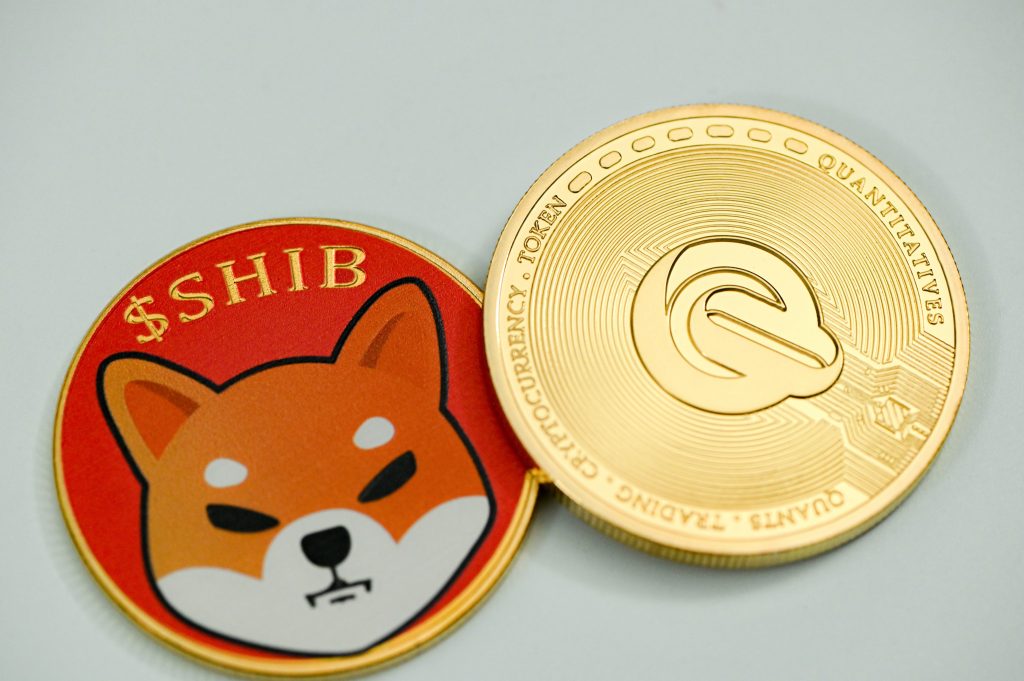
Definition of Non-Fungible Token (NFT)
NFT stands for Non-Fungible Token. It is a unique digital asset or token that is stored on a blockchain and represents ownership of a digital asset. Unlike other digital assets or cryptocurrencies, such as Bitcoin, NFTs are not interchangeable and each one has a unique signature. This signature is used to identify and track ownership of the asset and the transaction history associated with it. NFTs are typically used to represent ownership of digital art, collectibles, and in-game items, as well as virtual real estate, tickets, and other digital assets.Overview of NFT’s Growing Popularity
In recent years, Non-Fungible Tokens (NFTs) have become increasingly popular, and their use and value are growing rapidly. NFTs are digital assets that allow users to securely own, trade, and use exclusive digital goods. They have been used to tokenize a variety of items, such as digital art, collectibles, sports memorabilia, and in-game items. NFTs have been gaining popularity due to their unique features. Unlike other digital assets, NFTs have unique identifiers that make them easily identifiable and distinguishable from other digital assets. This makes them ideal for trading, as buyers and sellers can easily verify ownership. Additionally, NFTs are stored on the blockchain, which allows users to easily keep track of transactions and ownership. The growing popularity of NFTs is evident in the increasing number of transactions and the increasing market value of NFTs. In 2020, the total value of the NFT market was estimated to be around $250 million. This number has grown exponentially in 2021, with some estimates suggesting that the total market cap of NFTs could reach $3 billion by the end of the year. NFTs have also been gaining attention due to the variety of uses that they have. They have been used to tokenize digital art, as well as to create unique digital collectibles. Additionally, NFTs have been used to tokenize in-game items, such as weapons and armor, in popular video games like Fortnite. This has allowed gamers to securely trade and own exclusive in-game items. In summary, NFTs have been gaining in popularity due to their unique features and their variety of uses. They have been used to tokenize digital art, collectibles, and in-game items, and their market value has grown significantly over the past year. This trend is likely to continue as more people become aware of the potential of NFTs, and as more uses for them are discovered.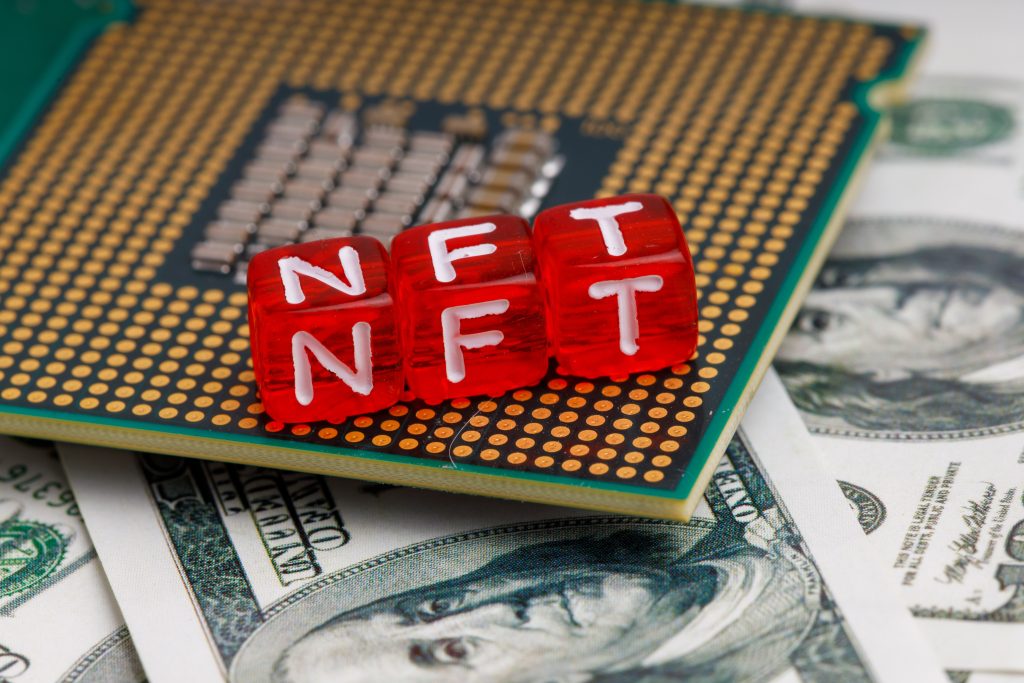
A Deeper Look at NFTs
NFTs, or Non-Fungible Tokens, represent a new way of trading digital assets. NFTs are digital collectibles, artwork, music, and more that are authenticated through blockchain technology. These tokens are unique and have a variety of uses, from proving ownership of digital assets to creating digital scarcity. In this section, we will discuss what NFTs are, the different types of NFTs, and how NFTs work.What are NFTs?
NFTs are digital assets that are unique and different from one another, making them non-interchangeable. This is in contrast to the traditional cryptocurrency system, where all tokens are fungible and interchangeable. NFTs are primarily used to represent digital assets such as artwork, music, videos, and other digital goods. They are bought and sold on digital marketplaces like OpenSea, Rarible, and NFT Showroom. NFTs are also used to create unique collectibles such as virtual sports cards, game items, and digital art. NFTs are powered by blockchain technology, which makes them transparent, secure, and immutable. This means that an NFT is not only unique, but it is also impossible to counterfeit. The blockchain technology also allows for a secure and reliable transfer of ownership. Due to their unique nature, NFTs are becoming increasingly popular among digital asset enthusiasts and collectors. For example, according to NonFungible.com, the total market cap of all NFTs was over $2.2 billion in 2020, a significant increase from the $20 million it was worth in 2019. In addition to being popular among digital asset enthusiasts, NFTs are also becoming increasingly sought after by investors. Many investors are drawn to the potential of NFTs, as they can be used to capitalize on the growing digital asset market. NFTs are also becoming increasingly popular in the gaming industry. For example, the popular blockchain game CryptoKitties was built entirely on the Ethereum blockchain and uses NFTs to represent virtual cats. Overall, NFTs are becoming increasingly popular as an asset class, and it’s easy to see why. They are unique, secure, and have the potential to generate significant returns. For those looking to get involved in the digital asset space, NFTs are definitely worth exploring.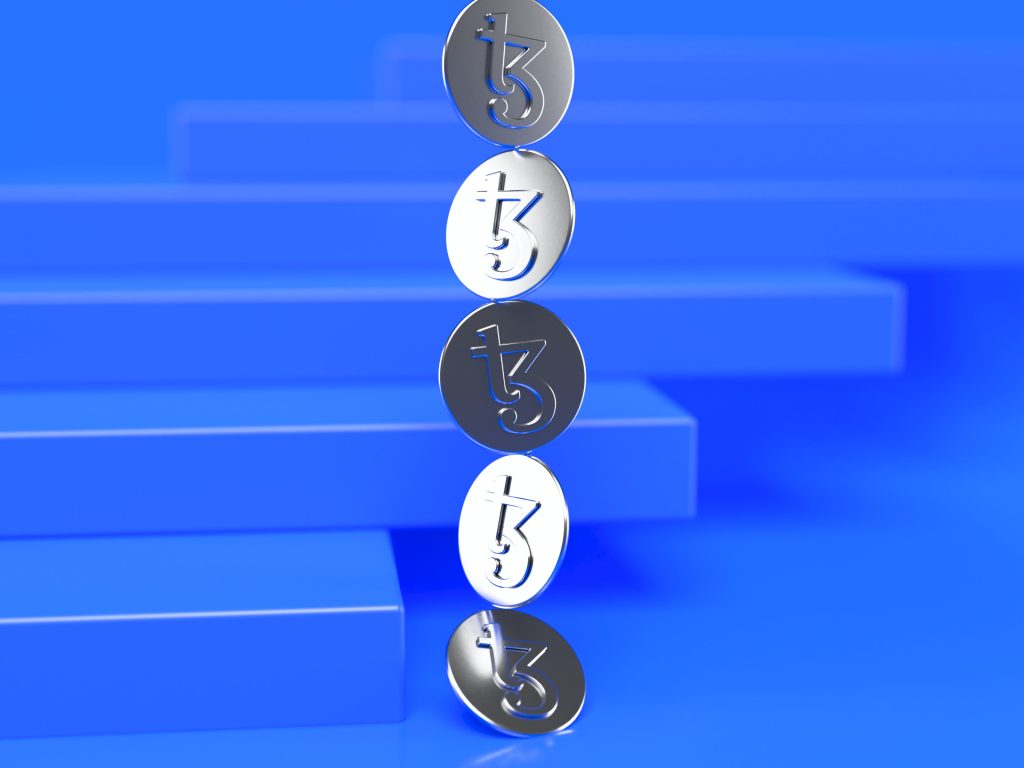
Different Types of NFTs
- CryptoKitties: CryptoKitties are digital collectibles, built on the Ethereum blockchain. They are unique, one-of-a-kind digital assets that can be bought, sold, traded, and bred.
- CryptoPunks: CryptoPunks are 8-bit characters that can be bought, sold, and traded on the Ethereum blockchain. They are completely unique, and no two characters are alike.
- Decentraland: Decentraland is a virtual world built on the Ethereum blockchain. Users can buy, sell, and trade virtual real estate, which is represented by NFTs.
- Axie Infinity: Axie Infinity is a collectible game built on the Ethereum blockchain. Players can collect, battle, and breed digital creatures called Axies, which are represented by NFTs.
- Gods Unchained: Gods Unchained is a collectible card game built on the Ethereum blockchain. Players can buy, sell, and trade cards, which are represented by NFTs.
- CryptoCountries: CryptoCountries are digital countries that can be bought, sold, and traded on the Ethereum blockchain. They are represented by NFTs.
- CryptoFighters: CryptoFighters are digital fighters that can be bought, sold, and traded on the Ethereum blockchain. They are represented by NFTs.
- RareBits: RareBits is a marketplace for digital collectibles built on the Ethereum blockchain. Users can buy, sell, and trade a variety of unique digital assets, which are represented by NFTs.
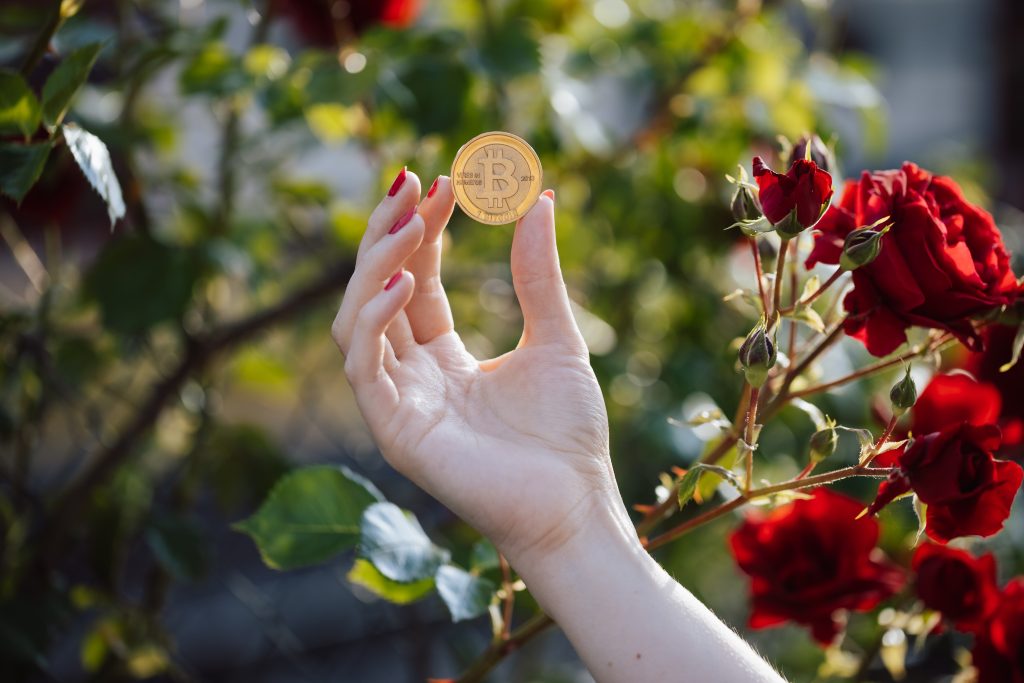
How do NFTs Work?
NFTs (non-fungible tokens) are a revolutionary new way to buy and sell digital assets. But what exactly are they, and how do they work? We will explore these questions and provide an in-depth look at how NFTs operate. NFTs are digital tokens stored on a blockchain, a digital ledger where transactions are recorded and stored securely. Each NFT is unique, meaning that it cannot be traded for another, and it cannot be replicated. This is why they are known as non-fungible tokens. In terms of how NFTs work, they are created using smart contracts. A smart contract is a piece of code that governs the sale and transfer of an asset, and it is stored on the blockchain. When an NFT is purchased, the smart contract is triggered and the asset is transferred to the buyer’s wallet. NFTs can also be used to purchase and sell digital assets, such as in-game items or digital artwork. This is done by creating an NFT marketplace, where buyers and sellers can list their digital assets for sale. The marketplace will also provide buyers with a variety of payment options. Finally, NFTs have also been used to tokenize real-world assets, such as real estate. This allows buyers to purchase a digital representation of a property, which can then be transferred and traded just like any other digital asset. In conclusion, NFTs are a revolutionary new way to buy and sell digital assets. They are created using smart contracts, stored on the blockchain, and can be used to purchase and sell digital collectibles, digital assets, and even real-world assets. With the rise of NFTs, the possibilities are endless!The Benefits of NFTs
The benefits of NFTs include the ability to track and verify ownership, make digital assets more valuable, and enable new business models. In this section, we will explore the benefits of NFTs in greater detail.A. Ownership of Digital Assets
One of the most noteworthy and groundbreaking aspects of NFTs is the way that they enable digital asset ownership. When it comes to digital assets, ownership is a major benefit. Unlike traditional physical goods, digital assets can be easily copied and distributed without permission from the original creator. This can lead to a significant loss of value for the creator and reduce the incentive to create new content. NFTs provide a way for creators to maintain ownership and control of their digital assets. With NFTs, creators can set their own rules for how their digital assets are used. This includes setting transfer fees, preventing unauthorized duplication, and controlling the use of their content by others. For example, an artist may create an NFT of a piece of artwork, then set the rules so that anyone who wants to use it must pay a fee. This ensures that the artist is properly compensated for their work, while also giving them control over how it is used.
Ownership also provides some financial security for digital asset creators. As the popularity of digital assets grows, so does the potential value of the asset. Having ownership of a digital asset gives the creator the ability to potentially profit from it, if the asset increases in value over time.
Finally, owning a digital asset is also beneficial for the consumer. It allows them to have a one-of-a-kind item that can’t be duplicated. This gives them a sense of ownership and connection to the asset, and it also provides an assurance that the asset will maintain its value over time.
The ownership of digital assets is a major benefit of NFTs. It provides creators with the ability to maintain control of their work, the potential to earn revenue, and the assurance that their asset will remain unique and valuable. It also provides consumers with a unique and secure way to own a digital asset.
For example, an artist may create an NFT of a piece of artwork, then set the rules so that anyone who wants to use it must pay a fee. This ensures that the artist is properly compensated for their work, while also giving them control over how it is used.
Ownership also provides some financial security for digital asset creators. As the popularity of digital assets grows, so does the potential value of the asset. Having ownership of a digital asset gives the creator the ability to potentially profit from it, if the asset increases in value over time.
Finally, owning a digital asset is also beneficial for the consumer. It allows them to have a one-of-a-kind item that can’t be duplicated. This gives them a sense of ownership and connection to the asset, and it also provides an assurance that the asset will maintain its value over time.
The ownership of digital assets is a major benefit of NFTs. It provides creators with the ability to maintain control of their work, the potential to earn revenue, and the assurance that their asset will remain unique and valuable. It also provides consumers with a unique and secure way to own a digital asset.
B. Portability of NFTs
One of the main benefits of NFTs is their ability to provide liquidity, or the ability to quickly and easily convert them into other forms of value. This means that if you own an NFT, you can quickly and easily turn it into cash, cryptocurrency, or other forms of value. This makes it much easier for investors to invest in or out of the NFT market, or to transfer value between different wallets. Another benefit of the portability of NFTs is that it allows for the creation of a global market for them. Since NFTs can be easily transferred across different wallets, users can buy and sell them on the global market, allowing them to easily access the global market. This makes it much easier to find buyers and sellers for NFTs, making it easier to trade them and to find the best prices. Finally, NFTs offer a high level of security since they are stored on the blockchain. This means that they are protected from fraud and other malicious activities, which makes them a safer asset to hold. This also makes it much easier to track transactions and to keep them secure, allowing users to trust the system and to know that their digital assets are safe. Overall, the portability of NFTs is a major benefit for those who use them. With their ability to provide liquidity, access a global market, and maintain high levels of security, NFTs are becoming one of the most sought-after digital assets in the world. As the technology continues to improve, the benefits of NFTs will only continue to grow.C. Liquidity of NFTs
One of the key benefits of NFTs is their liquidity, which allows users to quickly and easily buy and sell them on digital marketplaces. Liquidity is important when it comes to digital assets, as it ensures that buyers can find the assets they want, and sellers can easily find buyers. With NFTs, liquidity is achieved through the use of decentralized exchanges, where buyers and sellers can come together and securely trade their assets. This means that buyers can easily find the assets they want and sellers can easily find buyers. In addition to being able to easily buy and sell assets, NFTs also offer users a way to invest in digital assets without having to worry about the fluctuating prices of traditional assets. This is because NFTs are built on blockchain technology, which allows them to remain stable and gives users the ability to invest without fear of the market crashing. In conclusion, the liquidity of NFTs is a major benefit, as it allows users to quickly and easily buy and sell their assets, and also provides users with a way to invest in digital assets without the fear of market volatility. This makes NFTs a great option for investors who want to take advantage of the booming digital asset market.The Use Cases of NFTs
Non-fungible tokens offer a unique set of use cases to individuals, businesses, and even governments. With NFTs, users can create, store, and trade digital assets, such as art, music, collectibles, or in-game items. They can also be used to track ownership, secure digital identities, and even facilitate digital payments. In this article, we’ll explore the various use cases of NFTs and how they are transforming the digital asset space.Art and Collectibles
NFTs can be used to purchase and display digital artwork, such as music, art, or videos. They can also be used to purchase unique digital collectibles, such as limited edition digital cards or rare items from online games. In addition, NFTs can be used to create and store ownership rights for virtual real estate, such as virtual land in online games.
Gaming and Sports
The use of Non-Fungible Tokens (NFTs) is quickly gaining traction in the world of gaming and sports. NFTs are a type of digital asset that represent something unique, and are secured by the blockchain. They are becoming increasingly popular in the gaming and sports industry, as they offer a way to create unique digital assets that can be bought, sold, and traded in a secure and decentralized way. In the world of gaming, NFTs can be used to create virtual assets that are unique and one-of-a-kind. This could include rare skins, weapons, and characters. These assets can then be bought and sold in the same way as physical objects, and can be used in game trading, tournaments and more. NFTs can also be used to create digital collectibles in the sports industry. These digital collectibles can be used to represent physical objects such as sports cards, jerseys, and other gear. By utilizing NFTs, athletes and teams can create digital collectibles that are unique and one-of-a-kind. These digital collectibles can then be bought, sold, and traded in a secure and decentralized way. Lastly, NFTs can be used to create virtual tickets for events and games. These virtual tickets can be used to enter events and games, as a proof of ownership. This would provide a secure and immutable way to prove ownership of tickets, and would also prevent fraud and counterfeit tickets. Overall, NFTs offer a wide range of applications in the gaming and sports industry. They can be used to create virtual assets, digital collectibles, and virtual tickets, all of which can be bought, sold, and traded in a secure and decentralized way. By utilizing NFTs, athletes, teams, and gamers can create unique digital assets that are secure and immutable.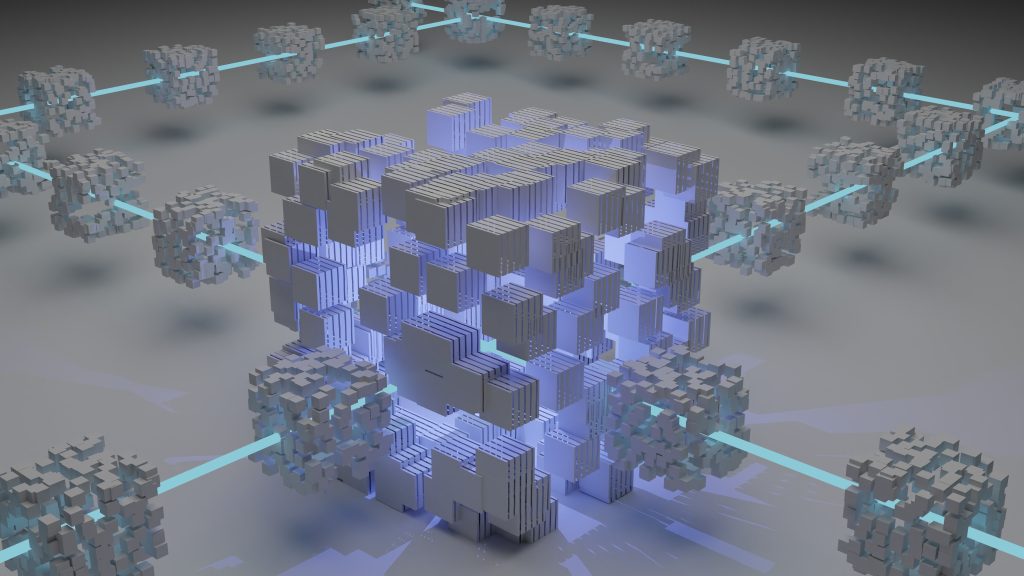
Music and Entertainment
Unlike traditional currency, NFTs are non-interchangeable, meaning that no two NFTs are alike. This makes them ideal for use in music and entertainment. Using NFTs in the music and entertainment industry has the potential to revolutionize the way artists and fans interact. For example, artists can create and issue their own NFTs as “digital collectibles” that can be bought, sold, and traded by fans. This can enable artists to monetize their work in a way that has never been possible before, as well as provide fans with a unique way to interact with and show their support for artists and their creative works. Furthermore, NFTs can also be used to provide fans with access to exclusive content, such as behind-the-scenes footage, unreleased tracks, and live streams. This can provide fans with an immersive experience that wouldn’t be possible without NFTs. Additionally, NFTs can also be used to secure digital tickets for live events and concerts, ensuring that tickets are not counterfeited and that the proceeds from ticket sales go directly to the artists. Finally, NFTs can also be used to create exclusive digital artworks that can be bought, sold, and traded. This can provide fans with a unique way to show their appreciation for their favorite artists, while also creating a new form of digital collectibles. In conclusion, NFTs have the potential to revolutionize the way artists and fans interact and provide an entirely new way to monetize creative works. This has the potential to open up a whole new world of possibilities for the music and entertainment industry.
Challenges of NFTs
NFTs (Non-Fungible Tokens) have opened up a new era of digital ownership and trading, but they come with their own unique set of challenges. From regulatory uncertainty to scalability and interoperability issues, there are a number of challenges that need to be addressed if NFTs are to reach their full potential. In this section, we will explore some of the key challenges of NFTs and discuss possible solutions.Lack of Knowledge
Lack of knowledge is a major challenge when it comes to understanding and using NFTs. With their unique properties, NFTs can be difficult to comprehend, especially for those who are not well-versed in the digital asset market. For starters, one of the main challenges with NFTs is that they are not interchangeable. Each token is unique and cannot be replaced by another. This can make it difficult for new users to understand how to differentiate between different types of tokens. Furthermore, the lack of liquidity can make it difficult to buy, sell, or trade NFTs. This can make it difficult for new users to get involved in the market. Another challenge with NFTs is that they do not offer the same level of security as other digital assets. Since they are not backed by a centralized ledger or a particular blockchain, they are not as secure as other digital assets. As a result, it is important to properly research and understand the potential risks associated with investing in NFTs. Finally, the lack of knowledge on the legal implications of NFTs can make it difficult for new users to understand the potential risks and implications associated with investing in NFTs. As the technology is relatively new, there are still some grey areas in terms of legal regulations. It is important to research and understand the potential legal implications associated with investing in NFTs before investing. Overall, lack of knowledge is a major challenge when it comes to understanding and using NFTs. It is important to do proper research and understand the potential risks associated with investing in NFTs before investing. Additionally, understanding the legal implications associated with NFTs is essential for anyone looking to get involved in the market. With the proper knowledge and understanding, NFTs can be a great investment for those looking to take advantage of the digital asset market.Risk of Scams and Fraud
With their growing popularity, comes an increased risk of scams and fraud. In this section, we’ll discuss how this risk of scams and fraud is a challenge with NFTs, and how to protect yourself from becoming a victim. When it comes to NFTs, there are several types of scams that are commonly seen. The most common type of scam is when an individual or group tries to sell a fake or counterfeit NFT. In this case, they may try to pass off a non-existent or non-valuable token as a valuable one. Additionally, they may also try to sell a lower-grade version of an existing NFT at a higher price. Another common type of NFT scam is when a scammer tries to take advantage of investors. This can be done by promising high returns or quick profits on investments, giving out false information regarding the value of NFTs, or recommending high-risk investments with no evidence to back them up.
In order to protect yourself from becoming a victim of a scam related to NFTs, it’s important to do your research and verify the authenticity of any NFTs you are considering buying. You should also be aware of any red flags, such as guarantees of high returns, or individuals pushing for you to invest quickly.
Additionally, it’s important to be aware of the risks associated with investing in NFTs, and to only invest an amount you are comfortable with losing.
Overall, scams and fraud are a major challenge with NFTs, and it’s important to be aware of the potential risks. By being aware and doing your research, you can help protect yourself from becoming a victim of scams or fraud related to NFTs.
Another common type of NFT scam is when a scammer tries to take advantage of investors. This can be done by promising high returns or quick profits on investments, giving out false information regarding the value of NFTs, or recommending high-risk investments with no evidence to back them up.
In order to protect yourself from becoming a victim of a scam related to NFTs, it’s important to do your research and verify the authenticity of any NFTs you are considering buying. You should also be aware of any red flags, such as guarantees of high returns, or individuals pushing for you to invest quickly.
Additionally, it’s important to be aware of the risks associated with investing in NFTs, and to only invest an amount you are comfortable with losing.
Overall, scams and fraud are a major challenge with NFTs, and it’s important to be aware of the potential risks. By being aware and doing your research, you can help protect yourself from becoming a victim of scams or fraud related to NFTs.
Regulatory Challenges
With the recent surge in popularity of non-fungible tokens (NFTs), it is no surprise that regulators are starting to take notice. NFTs present a unique set of challenges to regulators, as they are outside of the traditional approach to asset ownership and transfer. To understand how regulation poses a challenge with NFTs, it is important to first understand what NFTs are, and how they are bought and sold. NFTs are digital assets stored on the blockchain that represent a unique asset, such as artwork, a sports card, or a song. These assets are stored in a digital wallet, and are bought and sold using cryptocurrency. Unlike traditional assets, NFTs are not interchangeable, as each one is unique. This means that the traditional approach to regulation is not applicable, as the asset is not being exchanged for another asset of equal value. One of the main challenges with regulating NFTs is the issue of taxation. As NFTs are bought and sold with cryptocurrency, it is not always clear whether gains should be taxed as capital gains or as income. This presents a challenge to regulators, as it is not always easy to determine the value of an NFT, or to accurately track the sale of an NFT. Furthermore, NFTs have recently become an increasingly popular form of investment. Investors can buy and sell NFTs in order to make a profit, which raises the question of whether or not these investments should be regulated. This presents a challenge to regulators, as they must consider the potential risk of fraud and manipulation when deciding how to regulate NFTs. In addition, NFTs also present a challenge to regulators when it comes to ownership rights. As NFTs are digital assets, it is difficult to determine who owns the asset and what rights they have to it. This presents a challenge to regulators, as they must consider the ownership rights of an NFT and how these rights can be enforced. Overall, regulation of NFTs presents a unique set of challenges for regulators. As NFTs are outside of the traditional approach to asset ownership and transfer, it is not always easy to determine how to regulate them. Furthermore, the issue of taxation and ownership rights also present a challenge to regulators, as they must consider potential risks and enforce ownership rights. As the popularity of NFTs continues to grow, it is likely that we will see further regulation in the near future.
NFT FAQs
FAQ: Is NFT really legit?
Answer: Yes, NFTs (non-fungible tokens) are a legitimate form of digital asset ownership that is gaining traction in the art world and beyond. They are powered by blockchain technology, which offers unparalleled security and transparency, making it a reliable and trustworthy way to own a digital asset.FAQ: What is the point of owning an NFT?
Answer: People buy NFTs for many reasons, but some of the most popular reasons are to own a piece of digital art, to show support for an artist, to invest in a digital asset, or to collect and trade rare NFTs. With NFTs, you can easily own a piece of art or a collectible without having to worry about the physical object getting lost or damaged.FAQ: Why do people buy into NFT?
Answer: People buy into NFTs because they are an innovative way to own a digital asset, to show support for an artist, and to make a potentially profitable investment. NFTs also allow people to collect and trade rare digital assets, further increasing the appeal of owning one.FAQ: Why does anyone want an NFT?
Answer: NFTs offer a secure and transparent way to own a digital asset, making them a great way to invest in the digital art world or to own a piece of artwork without having to worry about the physical object getting lost or damaged.FAQ: Is NFT fake money?
Answer: No, NFTs are not fake money, but a form of digital asset ownership. They are powered by blockchain technology, which offers unparalleled security and transparency, making it a reliable and trustworthy way to own a digital asset.FAQ: Has anyone actually made money from NFT?
Answer: Yes, some people have made money from investing in NFTs. The value of NFTs can go up and down depending on the market conditions, so it’s important to do your research before investing.FAQ: Is NFT scamming illegal?
Answer: Scamming people through NFTs is illegal, and anyone caught doing so could face serious legal consequences. It’s important to be aware of the risks associated with investing in NFTs, and to do your research before investing.FAQ: What is the whole point of an NFT?
Answer: The whole point of an NFT is to provide an innovative way to own a digital asset, to show support for an artist, and to make a potentially profitable investment. NFTs also allow people to collect and trade rare digital assets, further increasing the appeal of owning one.FAQ: How do I start NFT as a beginner?
Answer: If you’re a beginner looking to start investing in NFTs, the first step is to do your research. Learn about the basics of blockchain technology and how NFTs work, then consider what type of asset you want to invest in. Once you have a good understanding of the NFT market and the risks associated with investing, you can start buying and trading NFTs.FAQ: Is NFT hard to learn?
Answer: No, NFTs are relatively easy to understand and the basics of investing in them can be learned in a short amount of time. It’s important to do your research before investing in NFTs and to be aware of the risks associated with the market.Conclusion
In conclusion, Non-Fungible Tokens (NFTs) have made a major impact on the digital world, and are currently revolutionizing the way we exchange goods and services. NFTs are a complex and multi-faceted technology and can be hard to understand, but the potential benefits are numerous and exciting. One of the main advantages of NFTs is that they create a unique digital asset that can be authenticated and exchanged without the need for a third-party. Moreover, NFTs are creating new opportunities for creators to monetize their work, and for collectors to invest in digital assets. Finally, the future of NFTs is uncertain, but it is likely that they will become increasingly popular and integrated into everyday life.Citations
- Investopedia. “How to Create an NFT.” Investopedia, https://www.investopedia.com/how-to-create-an-nft-6362495#:~:text=Key%20Takeaways,Ethereum%20being%20the%20most%20popular.
- CoinDesk. “What is an NFT? A Guide to Non-Fungible Tokens.” Google, https://www.google.com/search?q=What+is+an+NFT%3F+A+Guide+to+Non-Fungible+Tokens+-+CoinDesk&rlz=1C1UEAD_enUS1017US1017&oq=What+is+an+NFT%3F+A+Guide+to+Non-Fungible+Tokens+-+CoinDesk&aqs=chrome..69i57.560j0j4&sourceid=chrome&ie=UTF-8.
- Investopedia. “Non-Fungible Tokens (NFT): Everything You Need to Know.” Investopedia, https://www.investopedia.com/non-fungible-tokens-nft-5115211#:~:text=NFTs%20(non%2Dfungible%20tokens),reducing%20the%20probability%20of%20fraud
- NFTNOW. “What is NFT Meaning? A Guide to Non-Fungible Tokens.” NFTNOW, https://nftnow.com/guides/what-is-nft-meaning/#:~:text=To%20begin%2C%20a%20non%2Dfungible,videos%2C%20avatars%2C%20and%20more



